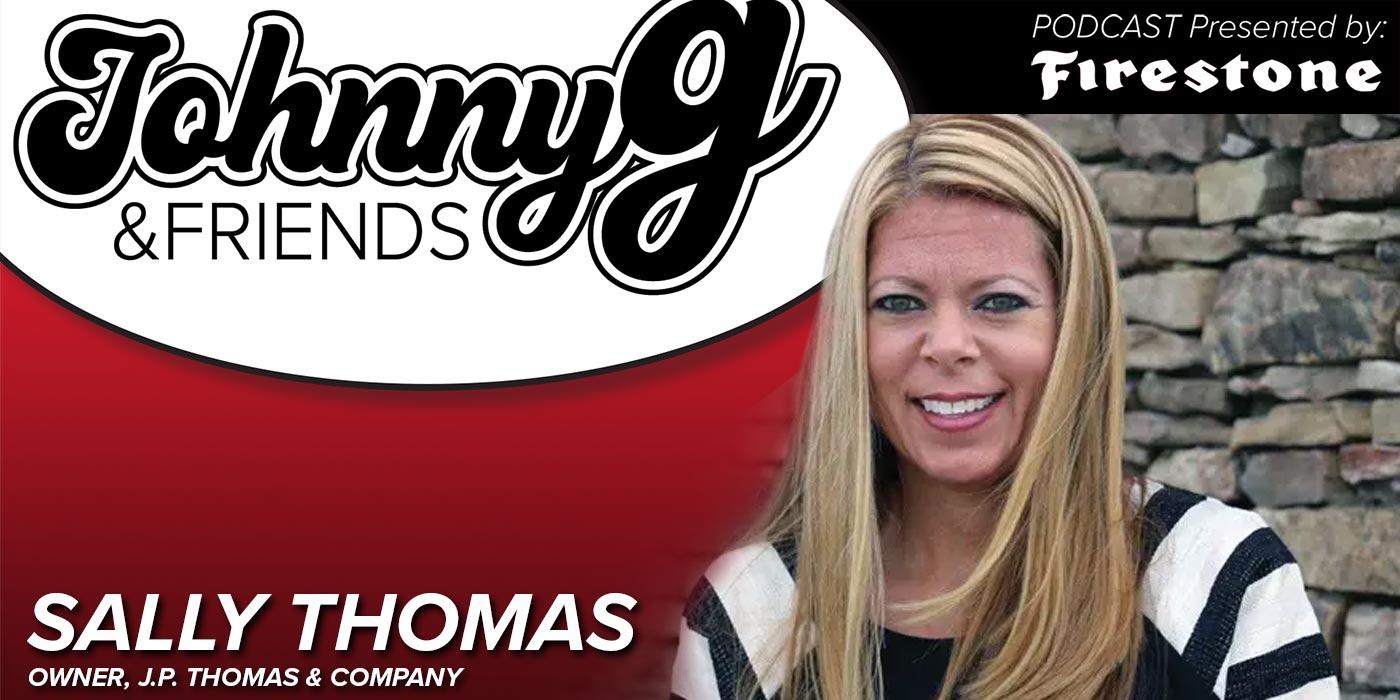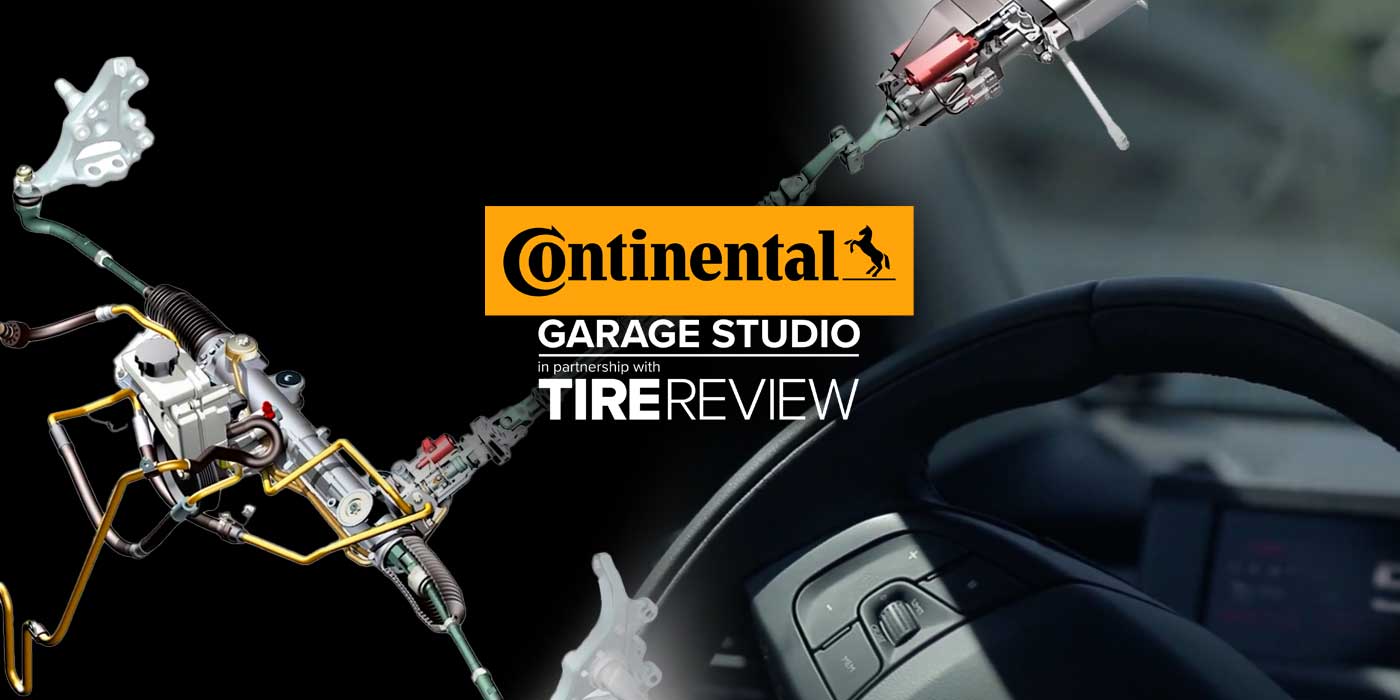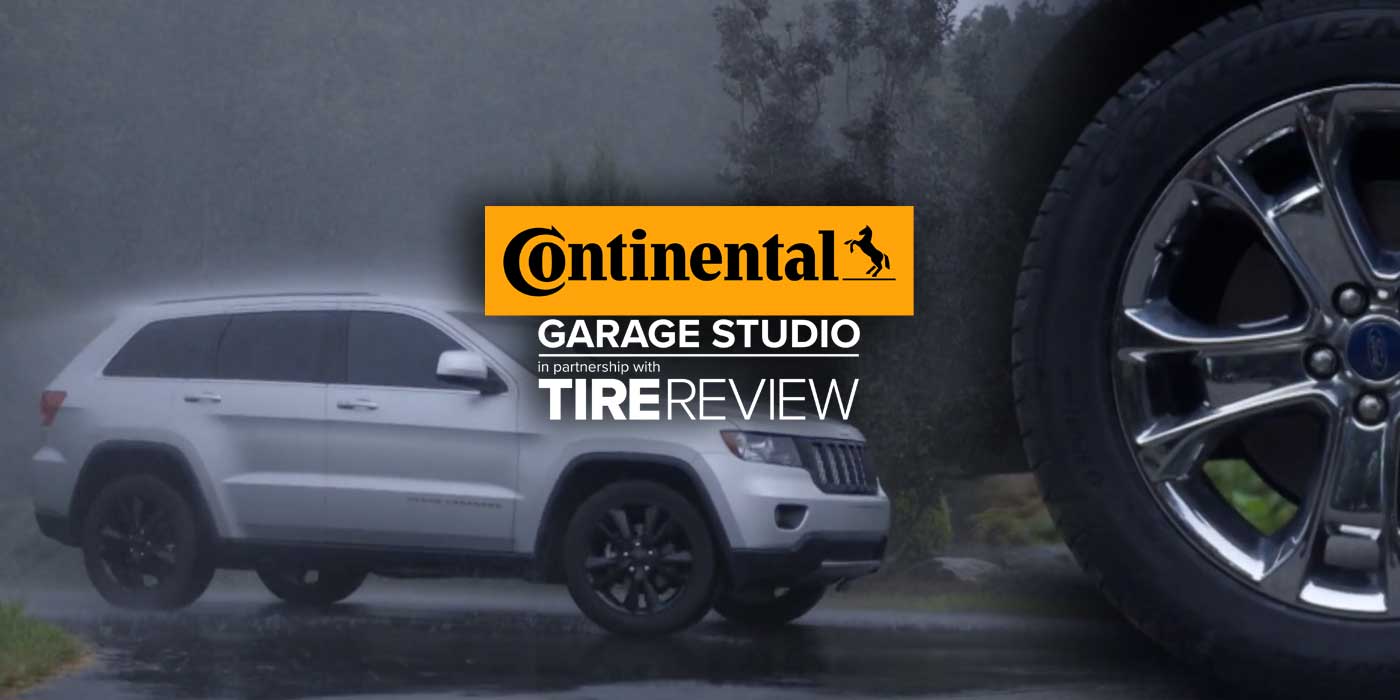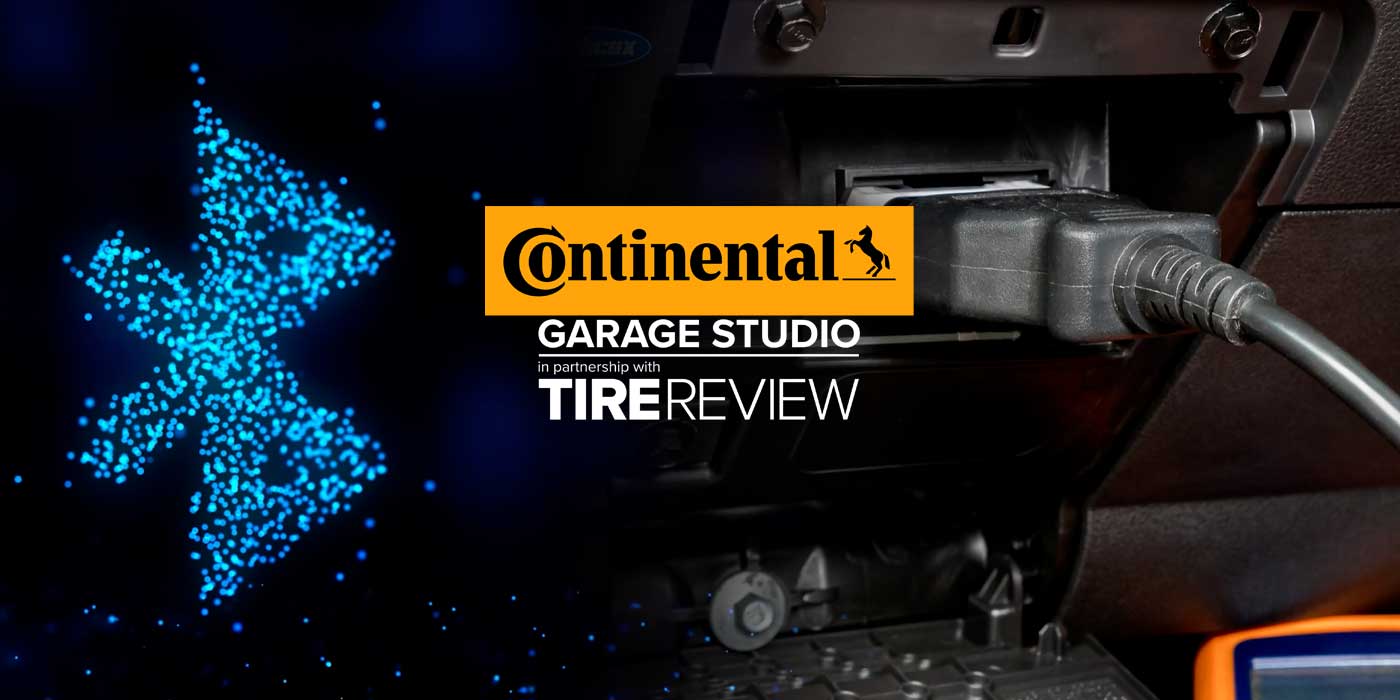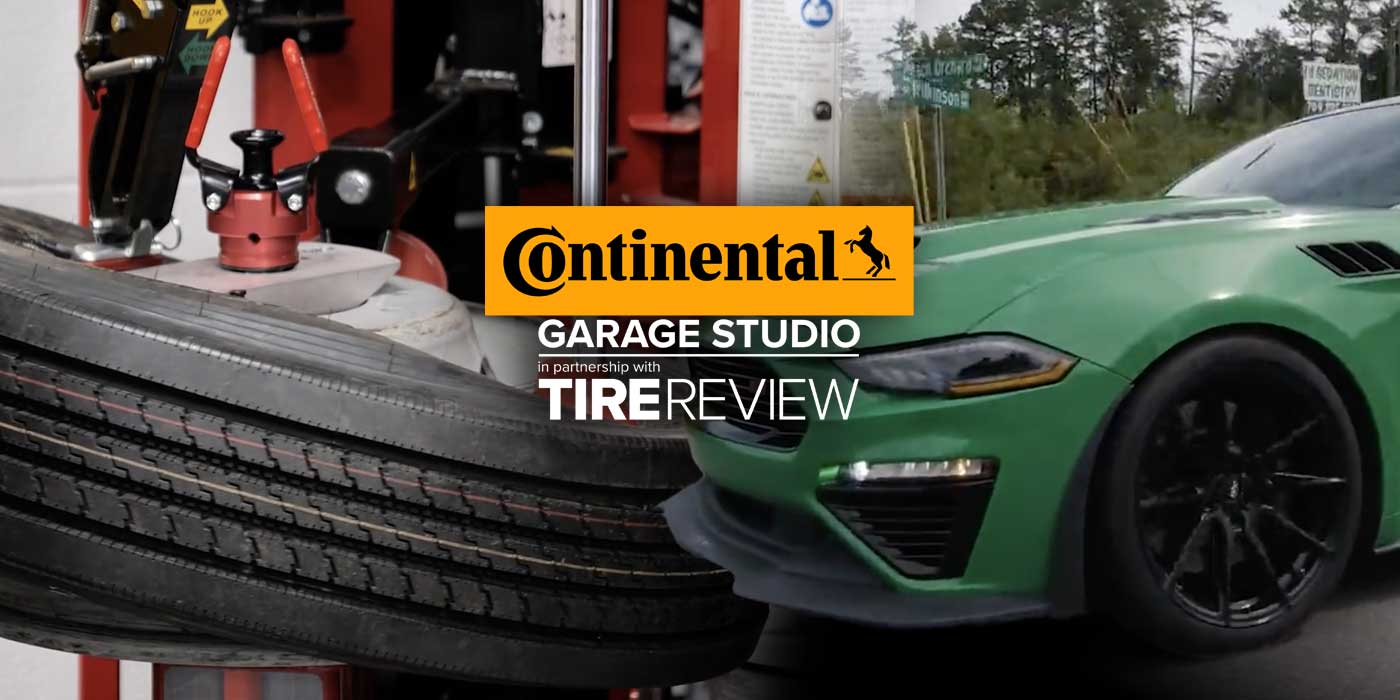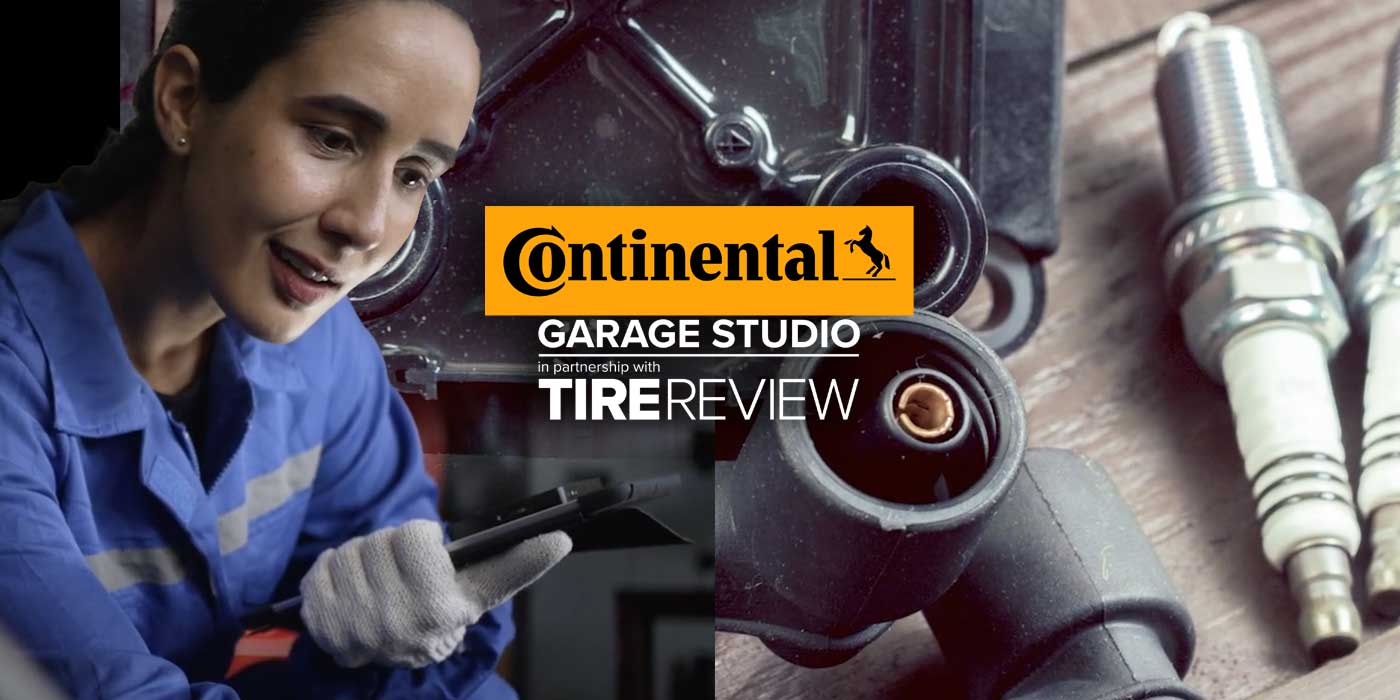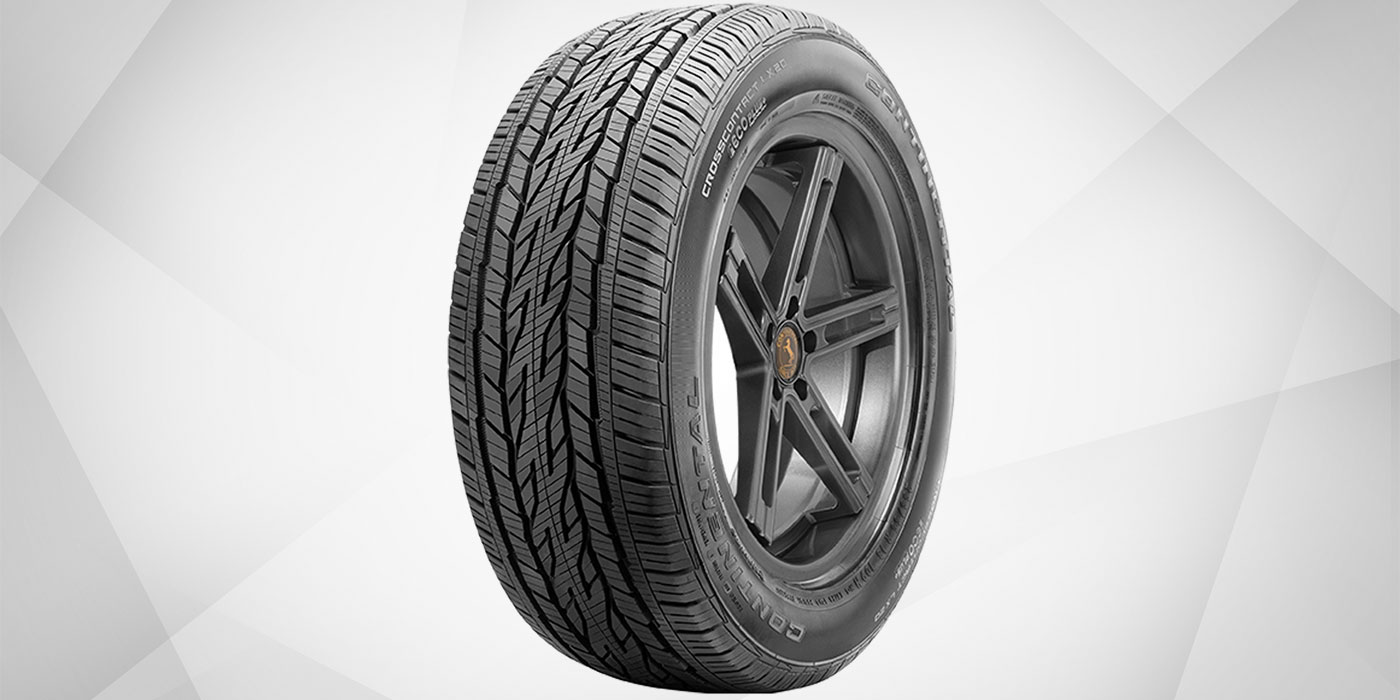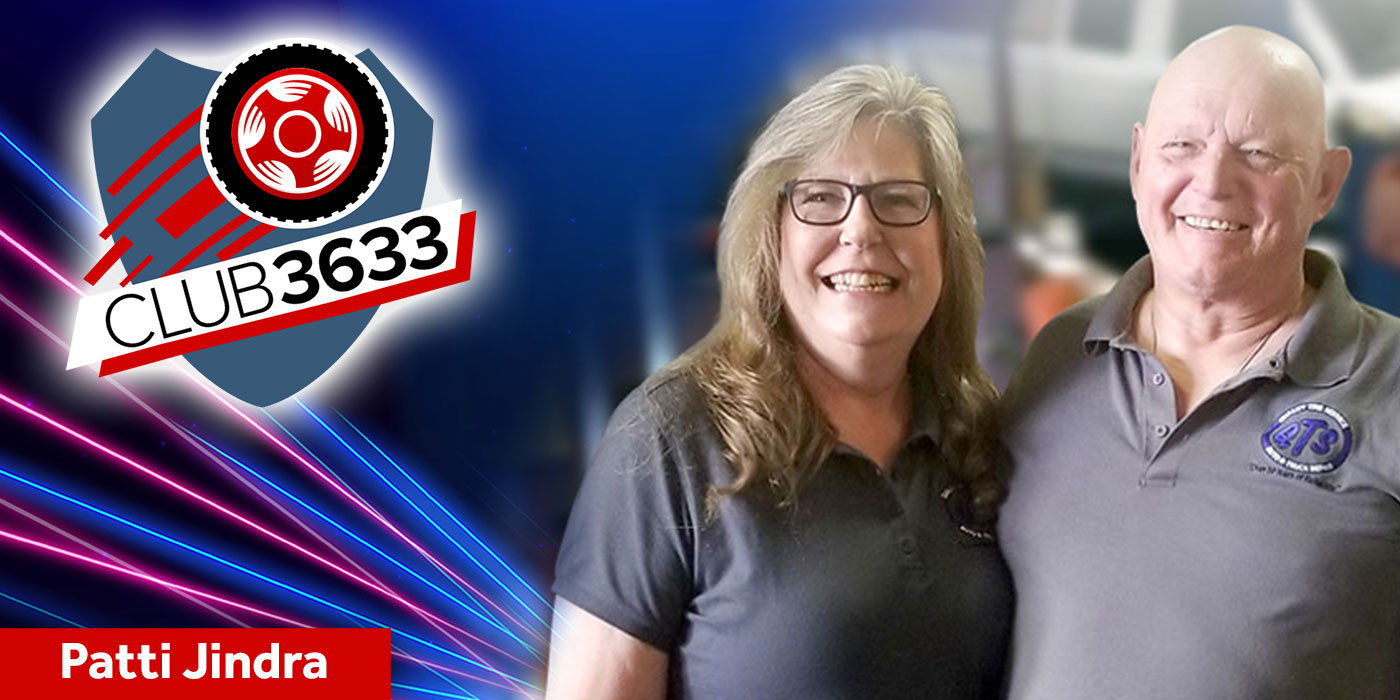If a customer comes to you saying they saw fluid leaking from a suspension bushing, it probably means they may have hydraulic bushings on their vehicle. In this video, let’s discuss what hydraulic bushings are and some tips for properly servicing them.
Hydraulic suspension bushings were developed in response to customer demands for smoother, quieter and better-handling vehicles. A non-hydraulic suspension bushing typically will feature several empty voids inside them. Unlike these conventional hollow rubber bushings, hydraulic versions are engineered with void spaces filled with a glycol-based fluid instead of just air. This fluid acts as a damper, allowing controlled deflection and compression when the suspension moves, while still isolating noise, vibration, and harshness from entering the cabin.
The benefit is a firmer bushing for crisper steering response and high-speed stability, without compromising ride quality. Hydraulic bushings can deflect less under heavy cornering or braking loads compared to standard rubber bushings.
However, all bushings eventually wear out over time and need to be replaced. Hydraulic ones can crack, tear or leak their internal fluid just like their non-hydraulic counterparts. Signs of failure include clunking noises when turning or braking, evidence of fluid leaks, unwanted suspension movement, uneven tire wear and increased cabin vibrations.
When the time comes for replacement, hydraulic bushings demand some special considerations and will likely be more expensive than hollow rubber bushings. First off, always refer to the OEM service information for the latest procedures as things can change between model years.
During removal and installation, be extremely careful not to apply any forces directly against the rubber portion of the bushing itself, this can easily rupture it and drain the fluid. Once this happens, the bushing will need complete replacement. Only press against the outer metal race or sleeve.
Modern bushings likely will feature some sort of locating mark, notch or indicator. It’s recommended to wait until the suspension is back at normal ride height before torquing the fasteners to specification. If the fasteners are tightened down with the vehicle in the air, the bushing will be forced to twist when the vehicle is lowered onto the ground, which means the bushing will always be twisting at normal ride height leading to premature wear, tearing or failure.
Finally, conduct a four-wheel alignment if recommended in the service guidelines. Whether certain suspension parts need an alignment after service varies based on the vehicle’s make, model and usage.
Don’t forget to follow us on Instagram and Facebook and subscribe to our YouTube channel for more tire, service and shop operations videos.


